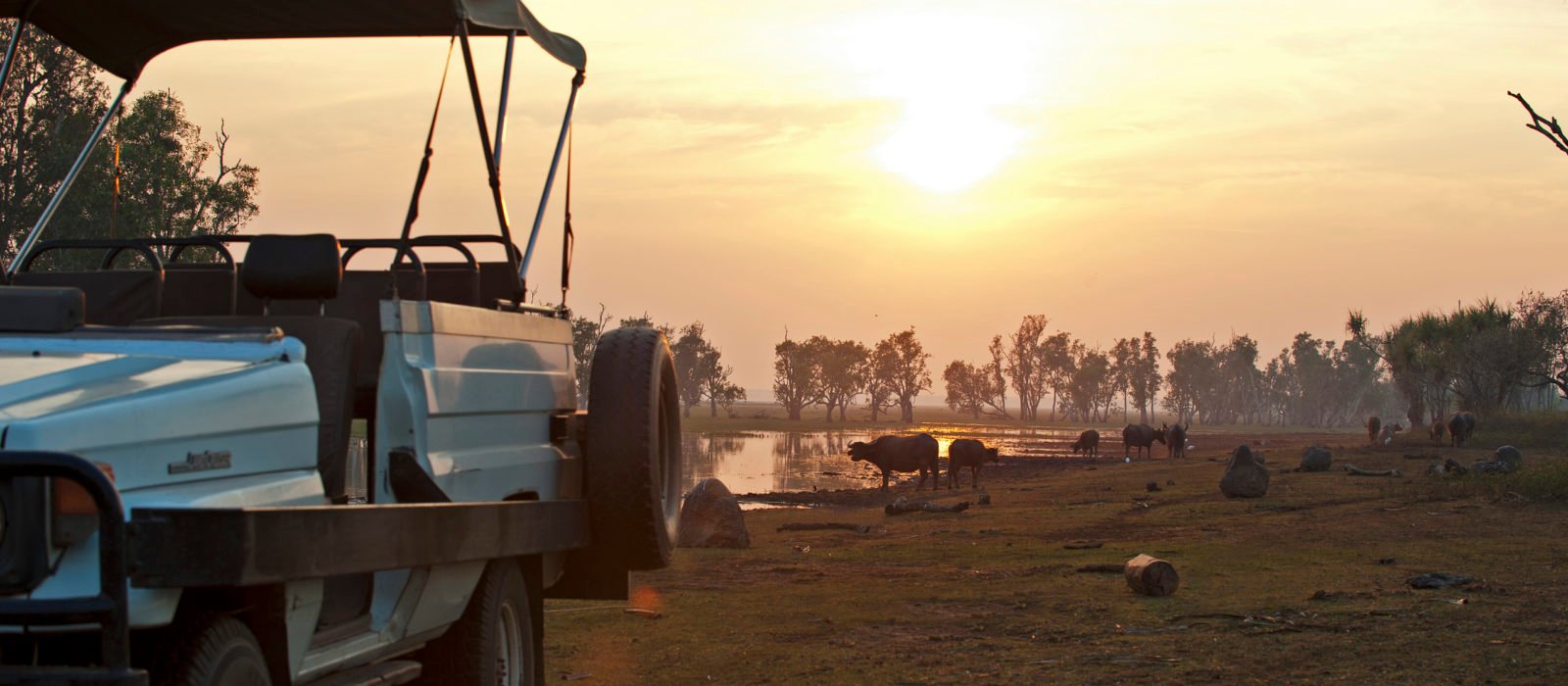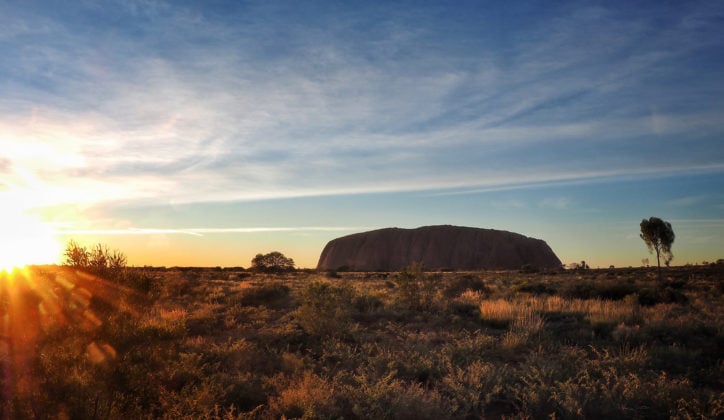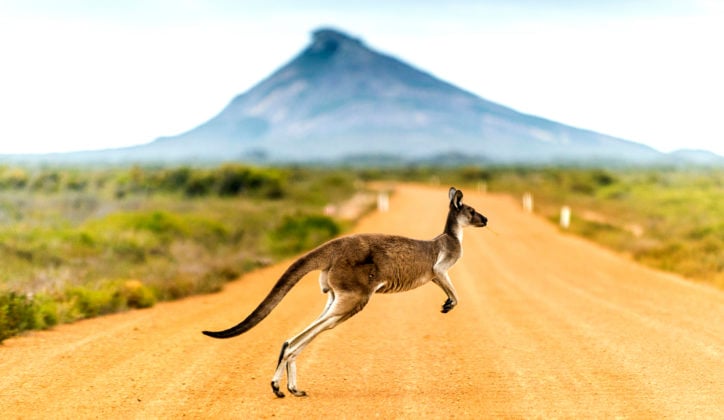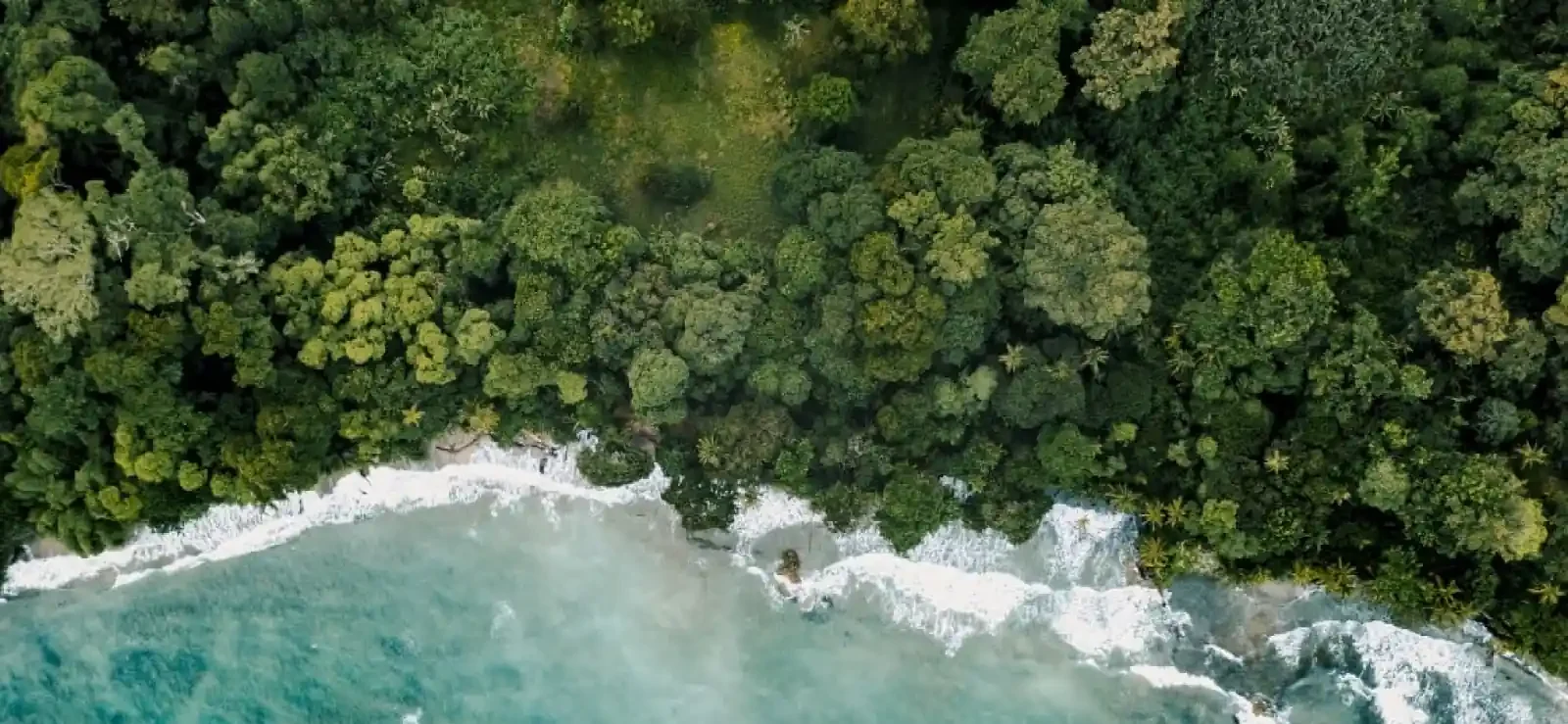Published on: November 25th, 2019
Last updated: July 28th, 2023
Australia’s winter is a far cry from that of the Northern Hemisphere - think vast orange plains, welcoming aboriginal communities and beautiful reefs.
The Outback is particularly great at this time of year, with temperatures comfortable enough for exploration. In Australia’s Top End, it’s prime time to experience some of the country’s best wildlife experiences.
From swimming with whale sharks at Ningaloo Reef to hiking through the Australian Outback, these are some of the best reasons to visit Australia in winter.

Swim with whale sharks in Ningaloo Reef
Between the months of April and mid-July, there’s plenty of opportunity to swim with whale sharks at Ningaloo Reef. While you’re there, stay at the eco-luxe Sal Salis – a collection of luxury tents making one of the most remote places on earth accessible. Spend your days here exploring the balmy waters and getting up close to all sorts of marine life, including the world’s largest fish. The camp has been constructed with the environment in mind too, so connecting with local wildlife is possible in the most authentic way. If you happen to visit between the months of July and November, you may even get lucky enough to spot a humpback whale or two.
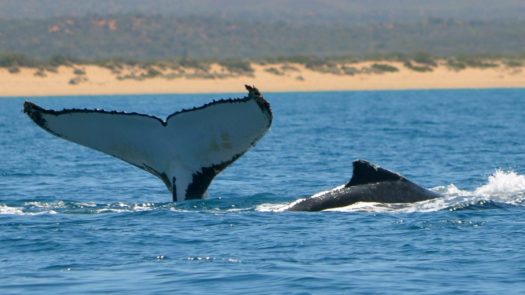

Explore luxury lodges in the Top End
Australia’s Top End can sometimes be uncomfortably hot in the sweltering summer. It’s a different story come May though, when pleasant temperatures see Darwin and Kakadu National Park come into their own. Three of the region’s best lodges are only open during the middle of the year, and so it’s the best time to visit if you’re set on enjoying your surroundings in complete luxury.
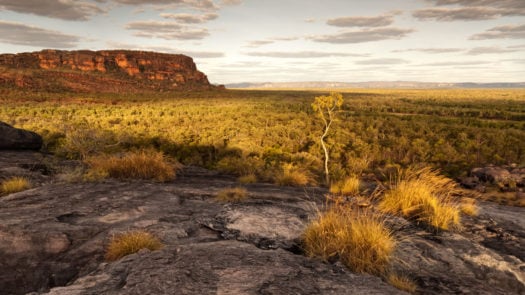
At Bamurru Plains, guests can enjoy access to miles of undisturbed coastal floodplains, savannah woodlands and paperback swamps. This luxury bush camp is also home to species such as wallabees and buffalos, so it’s one of the best places for wildlife spotting in the area. The El Questro Homestead sits high atop a cliff, offering magnificent views over the rugged Kimberley landscape. At over 100 kilometres from the nearest town, this secluded lodge is the perfect place to escape the hustle and bustle of everyday life.
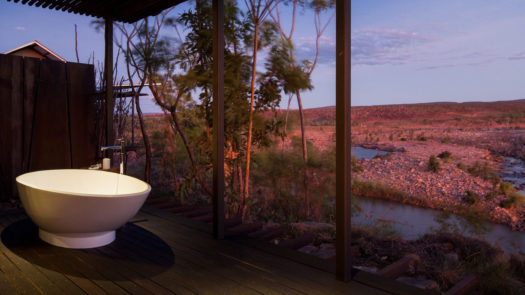
To experience life on a working cattle station, head to Bullo River Station. Surrounded by pristine landscape, this working property is set amongst 500,000 acres of privately owned countryside. If you visit between June and September, you may even be able to join the lodge owners in rounding up the cattle.
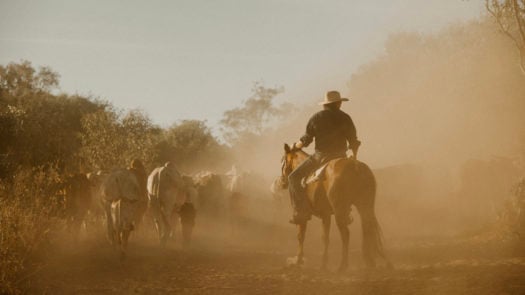

Visit Uluru & hike through the Outback
Exploring Uluru & the Outback is at its best during Australia’s winter months, when the temperatures during the day tend to settle around the early to mid 20s. Peak tourist season usually runs from June to September, so visit from April to May or in October if you want to avoid the crowds. Although nighttime temperatures can dip to below freezing during the winter, there are few experiences more magical than visiting Uluru and the Outback in complete peace. Winter is also a great time for the region’s flora and fauna, as the slight increase in rainfall means the plant life flourishes and an array of beautiful colours stands out against the red backdrop of Uluru.
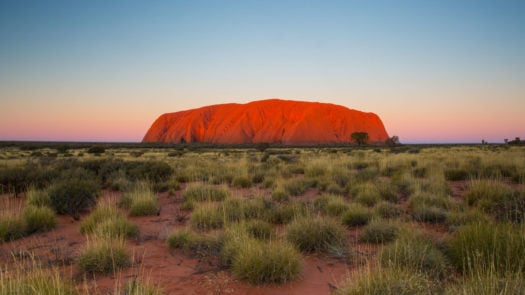

Snorkel the Great Barrier Reef
With the middle of the year bringing stable weather, it’s prime time to make the most of the rainforest and oceans surrounding the Great Barrier Reef. This incredible coral reef is the largest on Earth, so it’s well worth a visit. Home to over 3,000 individual reef systems and an incredible wealth of biodiversity, it’s a paradise for animal lovers. Winter is a great time to explore the waters, as there’s not much rainfall between April and May. These two months also see fewer tourists descend on the reef. Increased tourist activity has led to a 50% decline in coral cover globally, so visiting in low season helps to make sure the only reef visible from space stays intact.
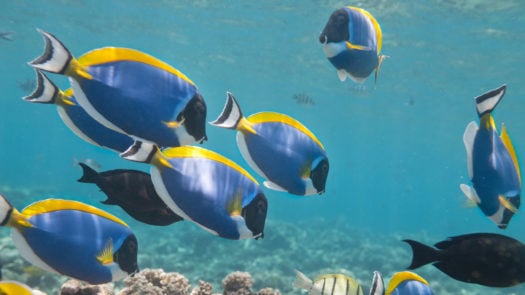

Discover native wildlife on Kangaroo Island
Kangaroo Island is a perennial on Australia itineraries, as it’s a true year-round destination. Winters – from June to September – bring with them mild temperatures and lush green landscape. This time of year is also the best for whale watching, and a plethora of animal encounters can be had across the island. Koala bears sit up high in the tree branches, kangaroos can be found grazing the grasslands and playful sea lions while away their days on the beaches. As well as being a year-round destination, the island has something for everyone – from caving and quad biking for thrill seekers to gastronomic eateries for foodies.
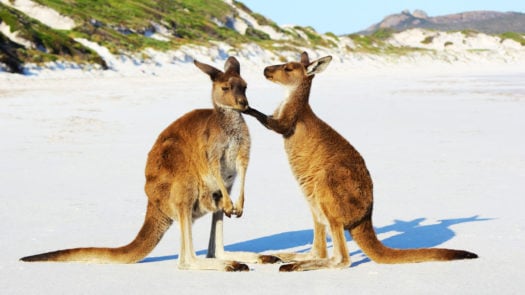
Explore Australia's best winter destinations
Feeling inspired? Our expert travel designers are always on hand to help you plan your Australian winter discovery.
